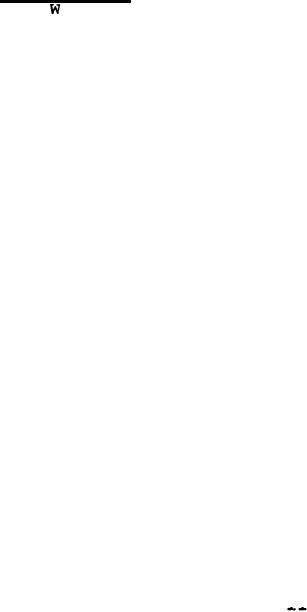 |
|||
|
Page Title:
pH, Major Defect, Defect Code No. 10001 |
|
||
| ||||||||||
|
|  MIL-L-14758 (MU)
open stop cock of burette and add 50 ml. of 3N perchloric acid.
Distill the mixture in the distilling flask for approximately 12
minutes. Disconnect the adapter and rinse thoroughly with
distilled water. Collect the rinse water in the receiver flask.
Add one drop of 0.025N 5-Nitro-1, 10 phenanthroline (nitro
ferroin) to the receiver flask and titrate the excess cerate
with standard 0.1N sodium oxalate to the nitro ferroin end point
(denote by a color change from red to pale greenish blue).
Make a blank determination on the reagents and apply correction
if necessary. Standardize the eerie ammonium nitrate solution
with sodium oxalate. This standardization can be made by
titrating 40.0 ml. of the cerate solution with the standard
oxalate solution. Calculate the percent lead azide as follows:
Percent lead azide = N (B-A) 14.56
where:
A
=
volume of
sodium oxalate
of sodium oxalate, ml.
N
=
normality
sodium oxalate used in blank determination, ml.
B
=
volume of
w
=
weight of
sample, gm
4.3.4 pH, Major Defect, Defect Code No. 10001.-Determine the
pH of a 10 gram specimen of lead azide in accordance with Method
103.1 of Military Standard MIL-STD-650.
4.3.5 Matter insoluble in nitric acid, Major defect, Defect
Code No. 11001.-Mix the sample thoroughly, air-dry a portion on a
Buchner funnel and transfer approximately 5 gins. of the damp material
to a tared 150 ml. beaker. Heat the beaker and contents in an
oven maintained at 65C. to constant weight but not more than
25 hours, cool in a desiccator, and weigh. Add 100 ml. of dilute
nitric acid (1:4) to the beaker, and warm beaker with contents
on a hot water bath. Allow any insoluble matter present to
settle and decant supernatant liquid through a tared, filtering
crucible, catching the filtrate in a clean filtering flask. Repeat
the previous operation (adding 100 ml. of dilute nitric acid,
warming on hot bath and filtering) two additional times. Transfer
quantitatively the residue in the beaker to the tared filtering
crucible with the aid of distilled water. Remove tared, filtering
crucible from filtering flask and attach to another filtering
flask. Wash contents of crucible with five 20 ml. portions of five
percent sodium hydroxide, allowing each portion of the sodium
hydroxide to remain in contact with the residue for 1 minute.
Wash crucible and contents with three 20 ml. portions of cold
distilled water. Aspirate for five minutes. Dry the crucible
and contents in an oven maintained at 105 plus or minus 5C.
for 1 hour, cool in a desiccator and weigh. Calculate the gain
11
|
|
Privacy Statement - Press Release - Copyright Information. - Contact Us |